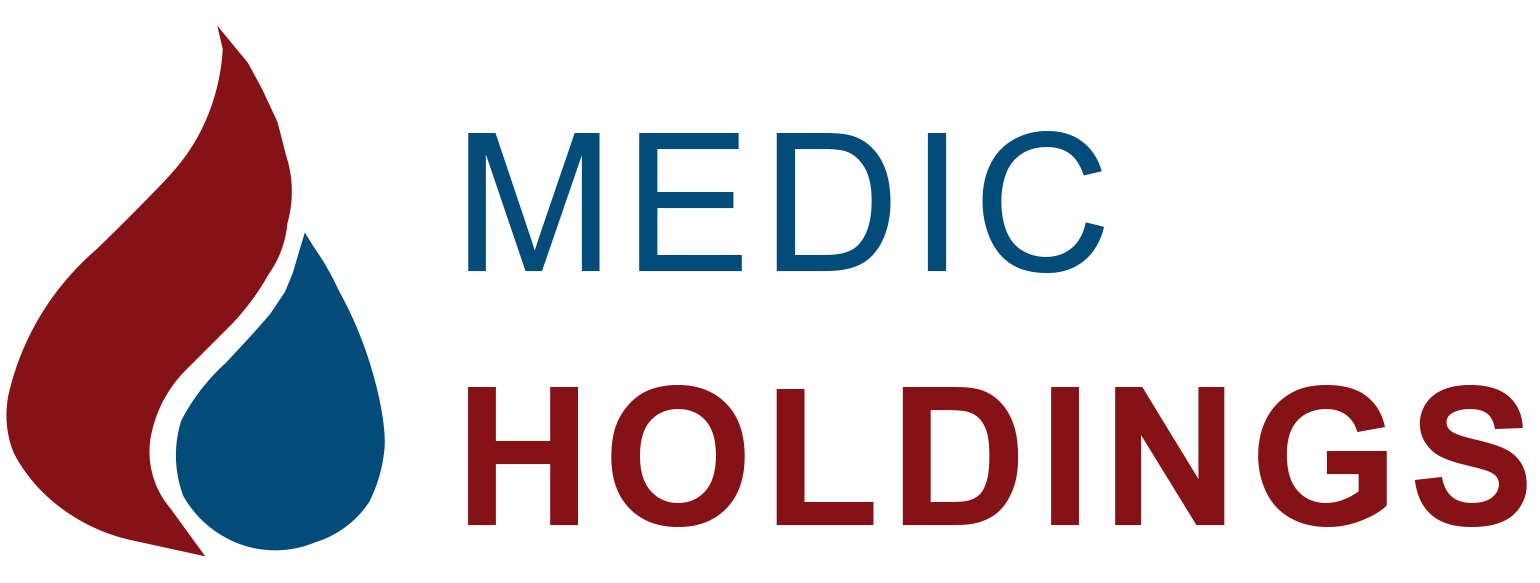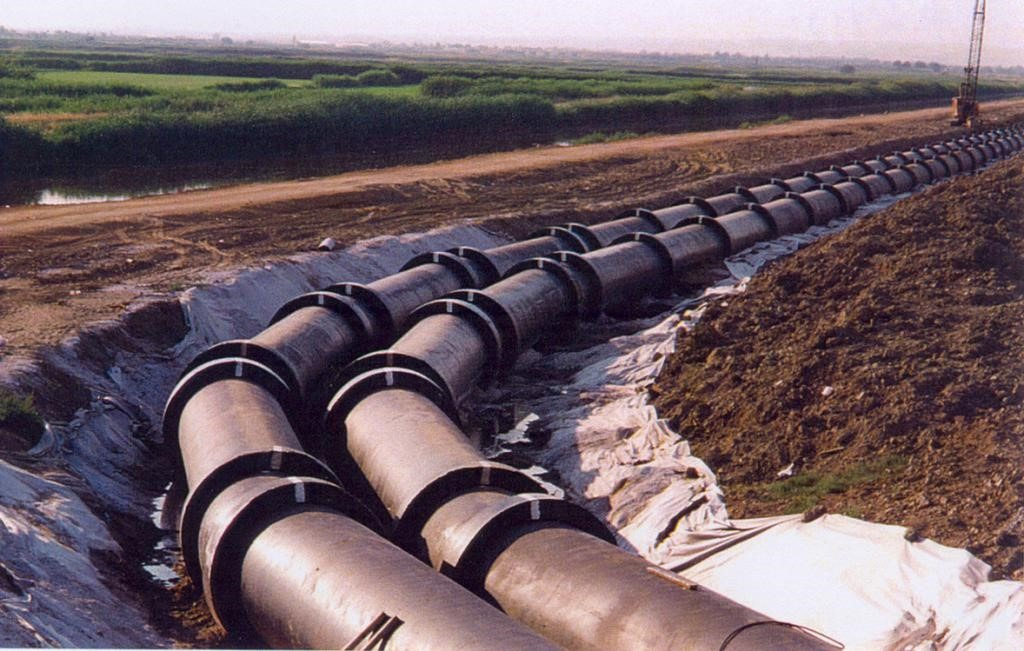In 2013, Uganda announced plans to construct a $2.5 billion oil refinery in Hoima, marking a pivotal moment in the nation’s journey toward energy self-sufficiency. This ambitious project aimed to transform Uganda from a crude oil exporter to a refined petroleum products producer, reducing reliance on imports and creating regional energy dominance.
This in-depth analysis explores:
- Background: Why Uganda Needs a Refinery
- Project Scope & Economic Impact
- Investment Opportunities & Challenges
- Medic Holdings’ Potential Role
- Current Status & Future Outlook
By examining this project through the lens of Medic Holdings Limited, a key player in East Africa’s petroleum sector, we assess how Uganda’s refinery ambitions could reshape regional energy markets.
-
Background: Why Uganda Needs a Refinery
Uganda’s Oil Discovery & Export Dilemma
- 2006: Uganda discovers 6.5 billion barrels of oil in the Albertine Graben.
- Challenge: Without refining capacity, Uganda would export crude oil and re-import expensive refined fuels.
- Solution: A domestic refinery to process 60,000 barrels per day (bpd) and meet local demand.
Strategic Benefits of the Refinery
✔ Reduce fuel import costs (Uganda spends $1.5B+ annually on petroleum imports).
✔ Create jobs (15,000+ direct and indirect employment opportunities).
✔ Boost regional trade (export surplus fuel to Kenya, DRC, South Sudan).
✔ Increase government revenue (taxes, royalties, and local content participation).
Why 2013 Was a Turning Point
- The government shortlisted investors (including RT Global Resources, SK Energy, and Vitol).
- Feasibility studies confirmed the refinery’s economic viability.
- Land acquisition began in Kabaale, Hoima.
-
Project Scope & Economic Impact
Key Specifications of the Hoima Refinery
| Feature | Details |
| Location | Kabaale, Hoima (near oil fields) |
| Capacity | 60,000 bpd (expandable to 120,000 bpd) |
| Estimated Cost | 2.5billion(laterrevisedto2.5billion(laterrevisedto4 billion) |
| Products | Petrol, diesel, kerosene, LPG, jet fuel |
| Investor Model | Public-Private Partnership (PPP) |
Projected Economic Benefits
- $3-4B annual GDP contribution at full capacity.
- 90% local fuel demand met (reducing forex strain).
- Downstream industries (plastics, fertilizers, petrochemicals).
Impact on East Africa’s Fuel Market
- Lower fuel prices (eliminating import markups).
- Regional exports to DRC, Rwanda, South Sudan.
- Competition for Kenya’s Mombasa refinery.
-
Investment Opportunities & Challenges
Investment Structure
- Government stake: 40% (through Uganda National Oil Company, UNOC).
- Private investors: 60% (consortium of international firms).
- Financing mix: Equity (30%), debt (70%).
Why Investors Were Interested
✔ Guaranteed market: Uganda’s growing fuel demand.
✔ Tax incentives: 10-year holiday for refinery investors.
✔ Export potential: Access to East African Community (EAC) markets.
Key Challenges Faced
- Financing Hurdles
- High capital costs ($4B+ revised estimate).
- Risk perception in emerging markets.
- Delays & Political Uncertainty
- 2016: Original consortium (RT Global, SK Energy) withdrew.
- 2018: New talks with Albertine Graben Refinery Consortium (AGRC).
- Competing Pipeline Priorities
- Uganda focused on crude oil export pipeline (to Tanzania).
- Refinery seen as secondary to immediate oil production.
- Medic Holdings’ Potential Role in the Refinery Project
Opportunities for Medic Holdings
- Fuel Distribution Contracts
- Securing tenders to distribute refined products across Uganda.
- Expanding storage depots in Kampala, Mbarara, Gulu.
- LPG & Petrochemicals Expansion
- Partnering with the refinery to market LPG (cooking gas).
- Entering lubricants and bitumen production.
- Logistics & Transport Services
- Providing trucking and pipeline support.
- Establishing fuel quality testing labs.
Strategic Advantages
✔ Existing distribution network (Medic already supplies 20% of Uganda’s fuel).
✔ Experience in regional logistics (Kenya, Tanzania, DRC operations).
✔ Financial capacity (backing from Dubai-based Meedek PTL FZE).
Threats to Consider
- Competition from multinationals (Vivo Energy, TotalEnergies).
- Regulatory risks (changing tax policies).
- Infrastructure bottlenecks (delays in refinery completion).
-
Current Status & Future Outlook
2024 Update: Is the Refinery Still Viable?
- 2022: Government signs new agreement with Alpha MBM (UAE).
- 2023: Construction expected to begin (delayed again).
- 2024: Revised cost estimate $4-5 billion.
Medic Holdings’ Strategic Moves
- Positioning for refined product tenders.
- Expanding storage near Hoima.
- Lobbying for local content contracts.
Long-Term Implications
- If completed, the refinery could:
- Save Uganda $500M+ annually in fuel imports.
- Make Medic Holdings a dominant regional distributor.
- Shift East Africa’s fuel trade dynamics.
Conclusion: A Game-Changer Facing Delays but Still Critical
Uganda’s refinery remains one of Africa’s most ambitious energy projects. While delays persist, its completion would:
- Secure Uganda’s energy independence
- Create massive opportunities for companies like Medic Holdings
- Reshape East Africa’s fuel supply chain
Key Takeaways for Investors & Businesses:
- Monitor 2024-2025 construction timelines.
- Prepare for refined product distribution tenders.
- Leverage Uganda’s local content policies.
-
Refinery Configuration and Product Slate Analysis
Technical Specifications and Processing Capacity
The planned Hoima refinery represents a medium-complexity hydroskimming facility with future expansion capabilities:
Processing Capacity:
- Phase 1: 60,000 bpd (barrels per day)
- Phase 2: Expansion to 120,000 bpd
- Crude Type: Light waxy crude (32-35°API)
Product Yield Profile:
| Product | Percentage | Daily Output (Phase 1) |
| Gasoline | 28% | 16,800 bpd |
| Diesel | 36% | 21,600 bpd |
| Kerosene/Jet Fuel | 12% | 7,200 bpd |
| LPG | 5% | 3,000 bpd |
| Heavy Fuel Oil | 14% | 8,400 bpd |
| Others | 5% | 3,000 bpd |
Advanced Processing Units
- Crude Distillation Unit (CDU)
- Naphtha Hydrotreater
- Catalytic Reformer
- Kerosene Merox Unit
- Diesel Hydrodesulfurization Unit
- Medic Holdings’ Value Chain Integration Strategy
Upstream Linkages
- Crude Supply Agreements: Potential partnership with UNOC for domestic crude allocation
- Logistics Optimization: Developing specialized transportation for waxy crude
Midstream Opportunities
- Storage Infrastructure
- Constructing 50,000m³ depot near refinery
- Developing heated storage for waxy distillates
- Pipeline Connectivity
- Integration with proposed Kampala-Hoima pipeline
- Last-mile distribution network
- Quality Control
- Establishing regional testing laboratories
- Implementing ASTM-certified blending facilities
Downstream Market Expansion
Product Distribution Matrix:
| Product | Primary Markets | Secondary Markets |
| Gasoline | Uganda, Rwanda | Eastern DRC |
| Diesel | Uganda, South Sudan | Northern Tanzania |
| Jet Fuel | Entebbe, Juba | Regional airports |
| LPG | Urban Uganda | Western Kenya |
-
Competitive Landscape and Market Positioning
Regional Refining Capacity Comparison
| Facility | Capacity | Key Products | Competitive Edge |
| Hoima (Planned) | 60,000 bpd | ULSD, LPG | Modern configuration |
| Mombasa (KEN) | 90,000 bpd | HSFO, Diesel | Existing infrastructure |
| Dar es Salaam (TZ) | 110,000 bpd | Multiple | Port advantage |
| Eldoret (KEN) | 30,000 bpd | Kerosene | Strategic location |
Medic Holdings’ Differentiation Strategy
- Product Quality Leadership
- Early adoption of Euro V standards
- Premium additives package
- Supply Chain Reliability
- 72-hour delivery guarantee
- Emergency reserve stocks
- Customer-Centric Solutions
- Custom blending services
- B2B fuel management systems
-
Financial Modeling and Investment Returns
Capital Expenditure Breakdown
| Component | Phase 1 ($M) | Phase 2 ($M) |
| Refinery Core | 2,100 | 1,400 |
| Storage | 200 | 150 |
| Pipelines | 150 | 100 |
| Utilities | 50 | 30 |
| Contingency | 300 | 200 |
Projected Financial Performance
Phase 1 (Year 3 Operations):
- Revenue: $1.8 billion annually
- EBITDA Margin: 18-22%
- ROIC: 12-15%
- Payback Period: 7-9 years
Financing Structure
- Debt/Equity Ratio: 70:30
- Target IRR: 15-18% (equity investors)
- Loan Tenor: 12-15 years
-
Risk Mitigation Framework
Technical Risk Management
- Waxy Crude Solutions: Implementing specialized heating systems
- Technology Partners: Collaboration with Axens (France) for process design
- Maintenance Strategy: Predictive maintenance using IoT sensors
Commercial Risk Controls
- Offtake Agreements
- 60% pre-sold to national oil companies
- 20% term contracts with regional distributors
- 20% spot market
- Price Hedging
- Singapore Platts-linked pricing
- Futures contracts on DME
- Force Majeure Protections
- Comprehensive insurance coverage
- Alternative supply arrangements
-
Local Content and Community Impact
Uganda National Content Program
- Employment: 80% local workforce target
- Procurement: 40% local sourcing requirement
- Training: $10M vocational training fund
Medic Holdings’ Community Strategy
- Outreach Programs
- Artisan training in refinery operations
- SME development initiatives
- Environmental Stewardship
- Zero-flare policy implementation
- Water recycling systems
- Infrastructure Development
- Road upgrades in Hoima region
- Renewable energy microgrids
-
Future Expansion Pathways
Phase 3 Development (2030+)
- Petrochemical Integration
- Polypropylene plant (200,000 tpa)
- Fertilizer production unit
- Renewable Energy Synergies
- Solar-powered refinery operations
- Biofuel blending capabilities
Regional Energy Hub Vision
- Strategic Reserve Status: 30-day national stockpile
- Bunkering Services: Lake Victoria maritime fuel
- Energy Trading Platform: Uganda Commodity Exchange listing
Conclusion: A Transformational Project with Far-Reaching Impacts
The Hoima refinery represents more than infrastructure—it’s the cornerstone of Uganda’s industrial transformation. For Medic Holdings, this project offers:
- Vertical Integration: Securing supply from wellhead to retail
- Margin Expansion: Capturing refining premiums
- Strategic Positioning: Becoming Uganda’s energy champion
Critical Success Factors:
- Timely project execution
- Effective partnership models
- Adaptive market strategies

